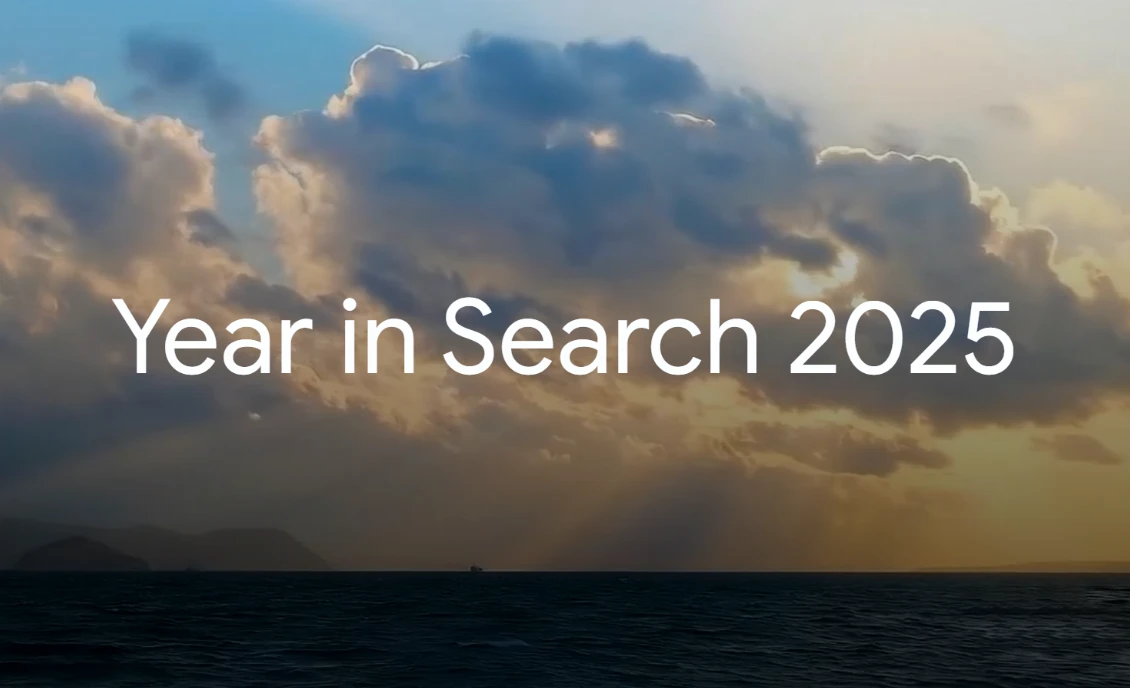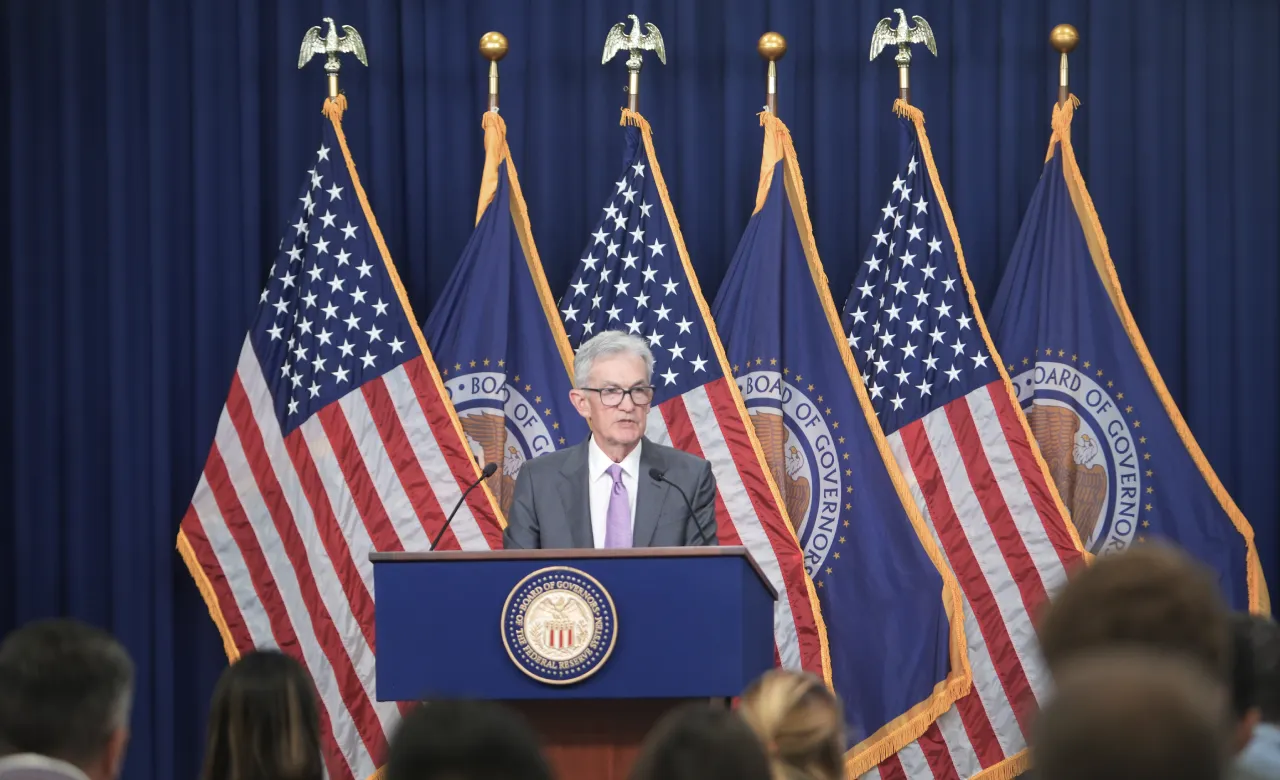What is Opportunity Cost
Opportunity cost is the benefit that you might have gained from choosing the other choice. To obtain the benefit of something, you must give up (forgo) something else (called the next-best alternative). The opportunity cost is the value of that next-best alternative; it is a cost because in choosing one thing, you are precluding an alternative choice.
The opportunity cost is the potential benefit an individual, investor, or company loses by choosing one option over another. Regardless of which option a company chooses, the potential profit lost by not investing in another option is the opportunity cost.
The decision of investors to buy stocks with a 5% return comes at the expense of a missed opportunity to earn 6% or 7.5%. If you decide to stay in cash for a long time, not only will you miss out on the opportunity to multiply that money in the stock market, but your dollars will also depreciate by about 2% each year by inflation. That is, you have a limited amount of time, money, and experience, so you cannot take advantage of every opportunity that presents itself.
What is Opportunity Cost of a Decision
The opportunity costs are relevant to any decision because it is the additional cost of using a resource (for example, for production or speculative investment). In order to make decisions, we need to consider benefits and costs, and we often do this through a cost-benefit analysis.
Although financial statements do not show opportunity costs, business owners often use this concept to make informed decisions when they are faced with multiple options. When doing a cost-benefit analysis, a company must make a decision based on whether it earns a positive economic profit, meaning that the return on the chosen option outweighs the opportunity cost (the next best option).
Example for Opportunity Cost
Let’s say, you have 100 acres of farmland that can be sold for $6,000 per acre and the proceeds are invested in alternative investments that yield 5%. From this opportunity cost example, the forgone income (opportunity cost) to grow the plant on the land or rent it to a neighbor is $30,000 ($6,000 x 100 acres x 5%).
In the same way, own does not mean that the opportunity cost of the office is zero, although an accountant may do so. When any resources are allocated efficiently, the value of using those resources in alternative ways must be explicitly expressed. When economists refer to the “opportunity cost” of a resource, they are referring to the cost of the next higher value alternative use of that resource.
The absolute advantage theory of international trade is another good example for opportunity cost. The absolute advantage suggests the country must export the product that the country can produce with more efficiently than any other competitor country. In the same way, the country should never produce goods that the country can import at a lower cost from other countries that can produce that product more efficiently.



